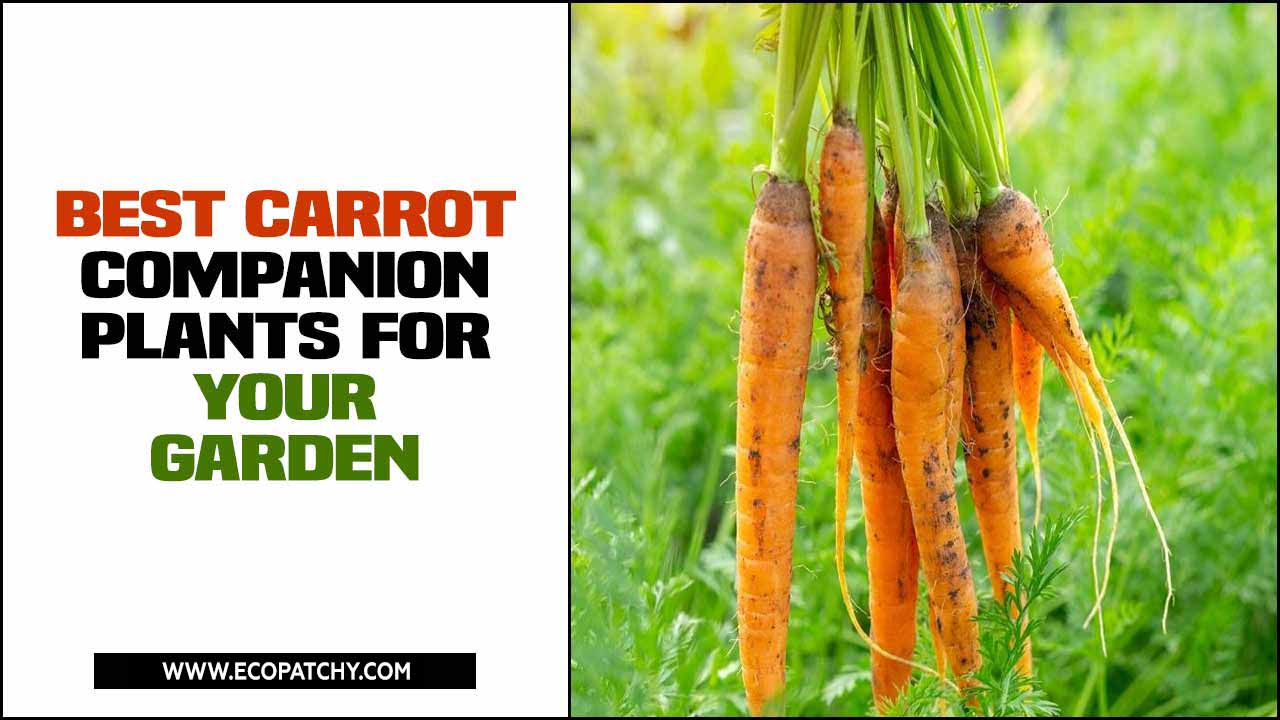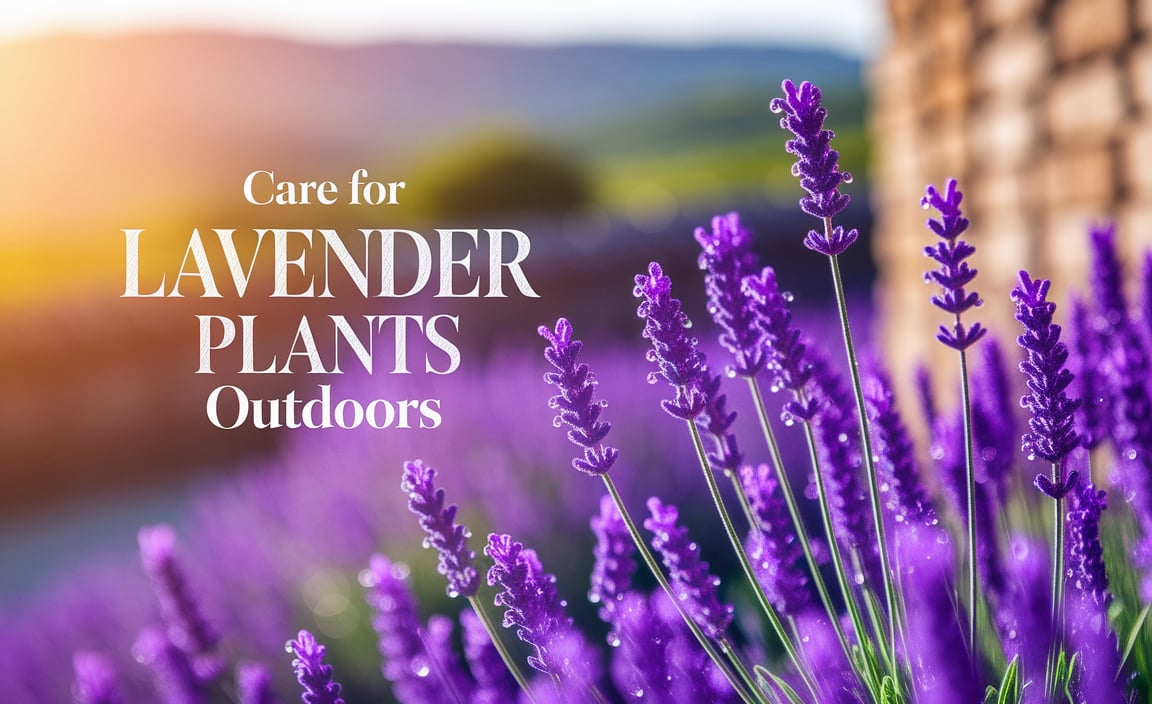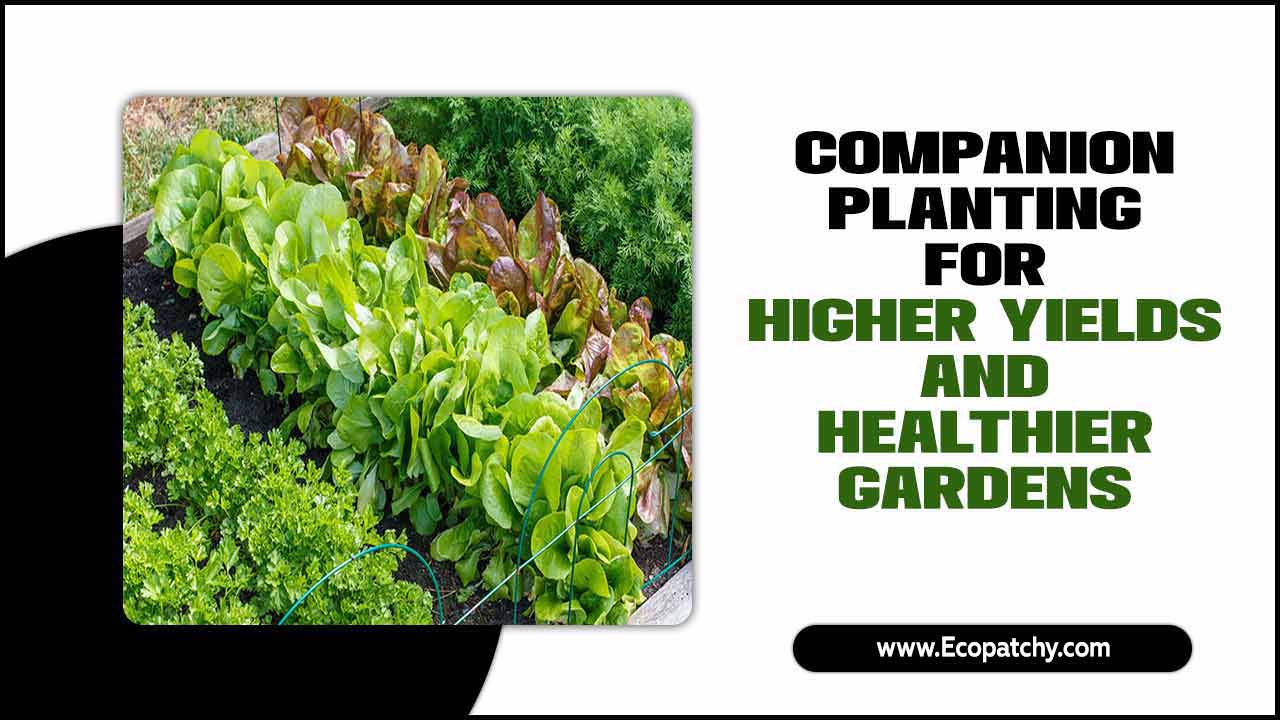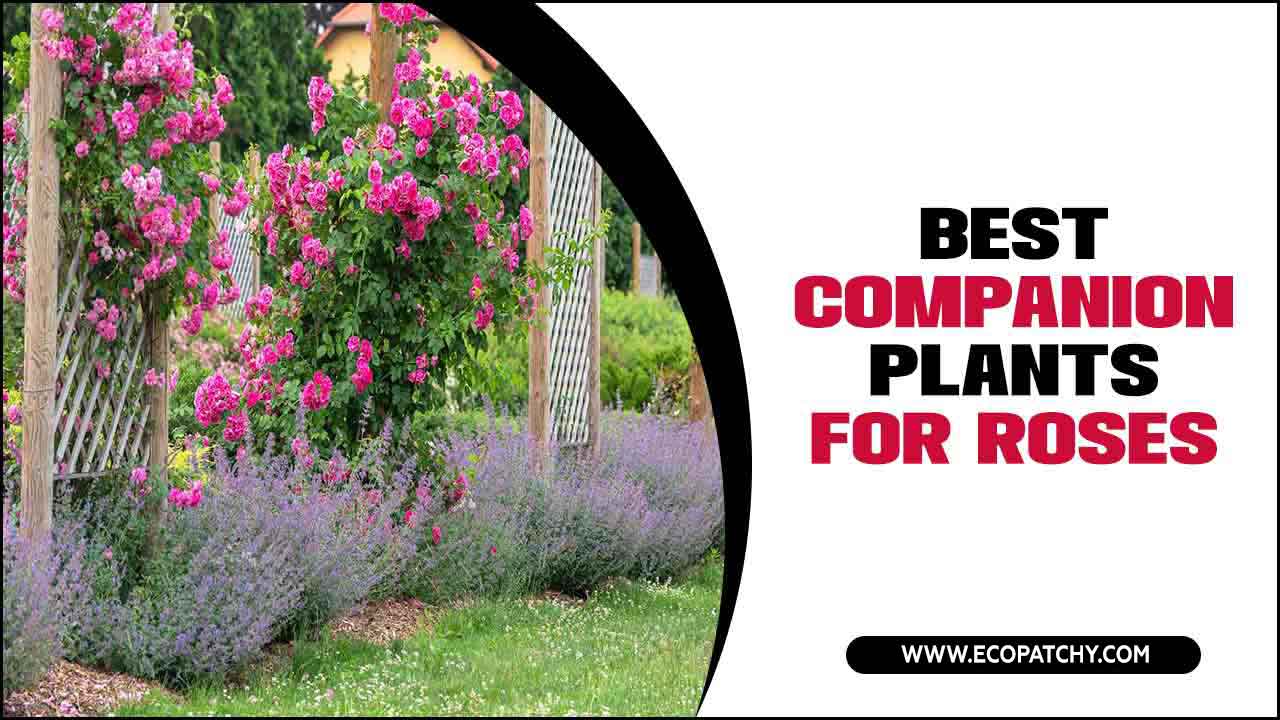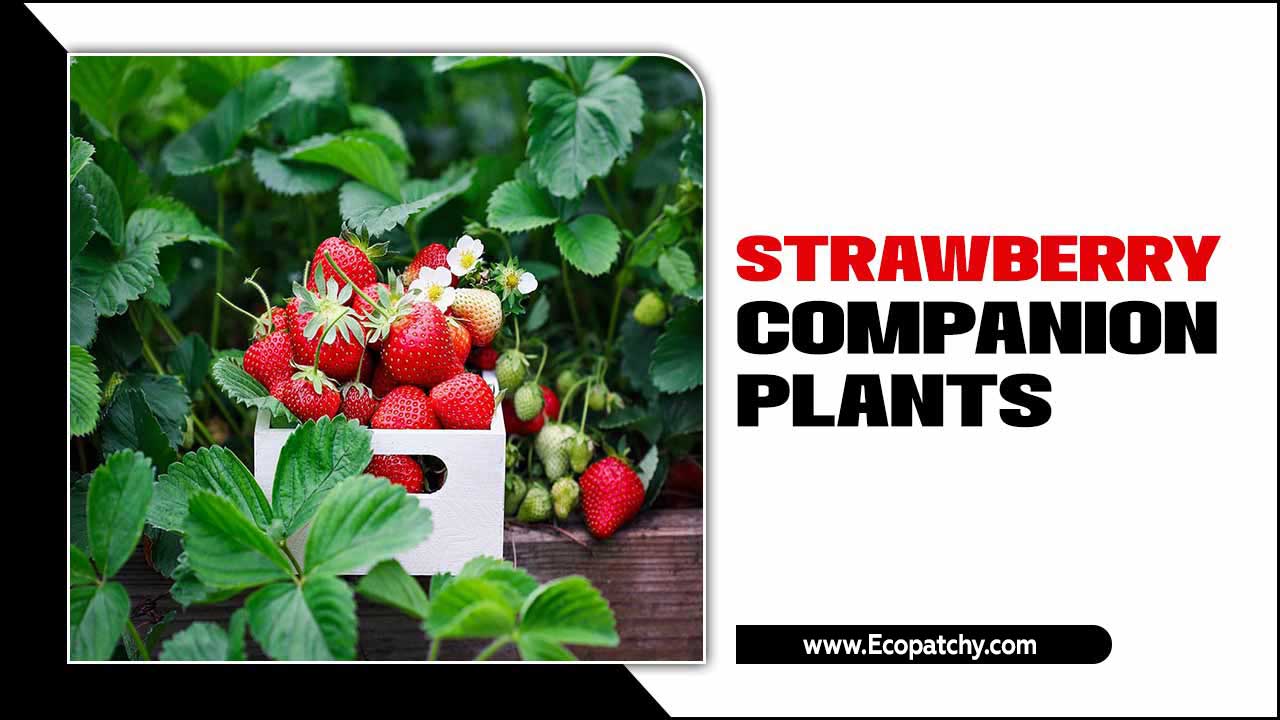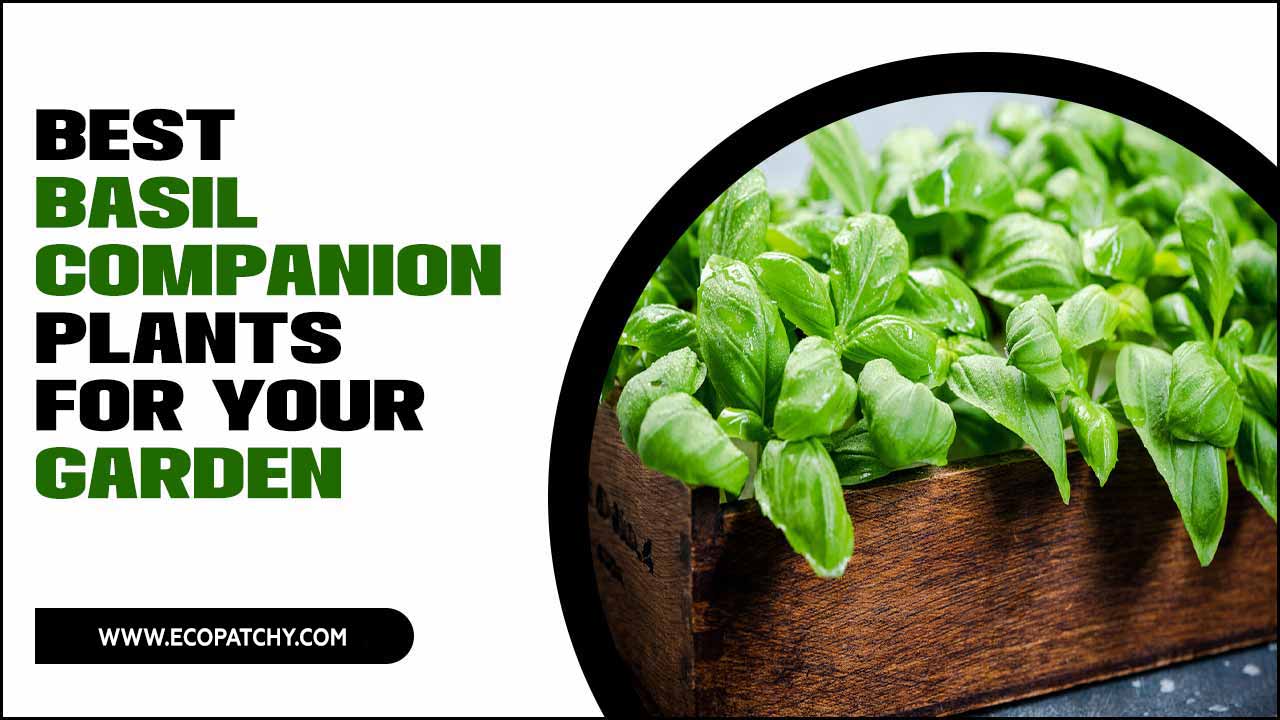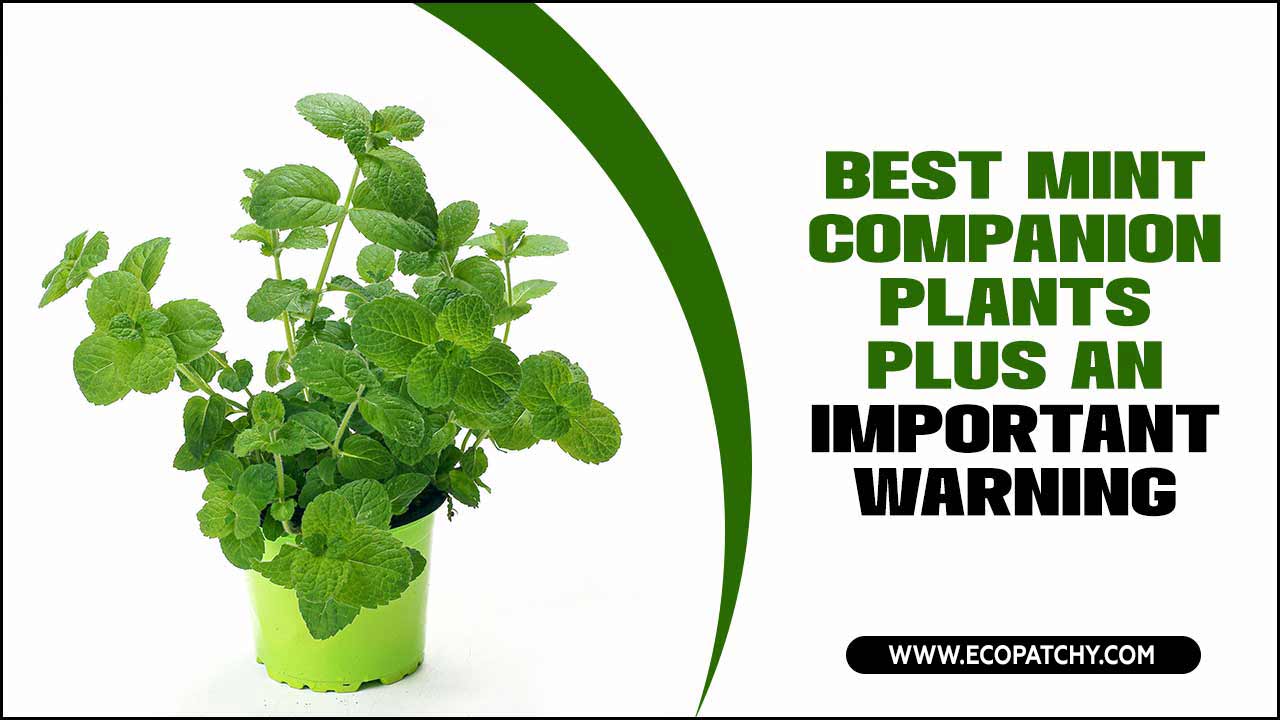Lavender is a beloved and versatile plant known for its fragrant blooms, calming properties, and beautiful purple hue. It is a staple in many gardens, both for its aesthetic appeal and medicinal qualities.
However, to truly enhance the growth and health of your lavender, it is essential to choose the right companion plants to grow alongside it. This not only creates a visually appealing garden but also provides numerous benefits for both the lavender and its companion plants.
We will explore the best lavender companion plants for your Garden and also create a thriving ecosystem in your garden. So, whether you are a seasoned gardener or just starting your green thumb journey, read on to discover the perfect plant partners for your beloved lavender.
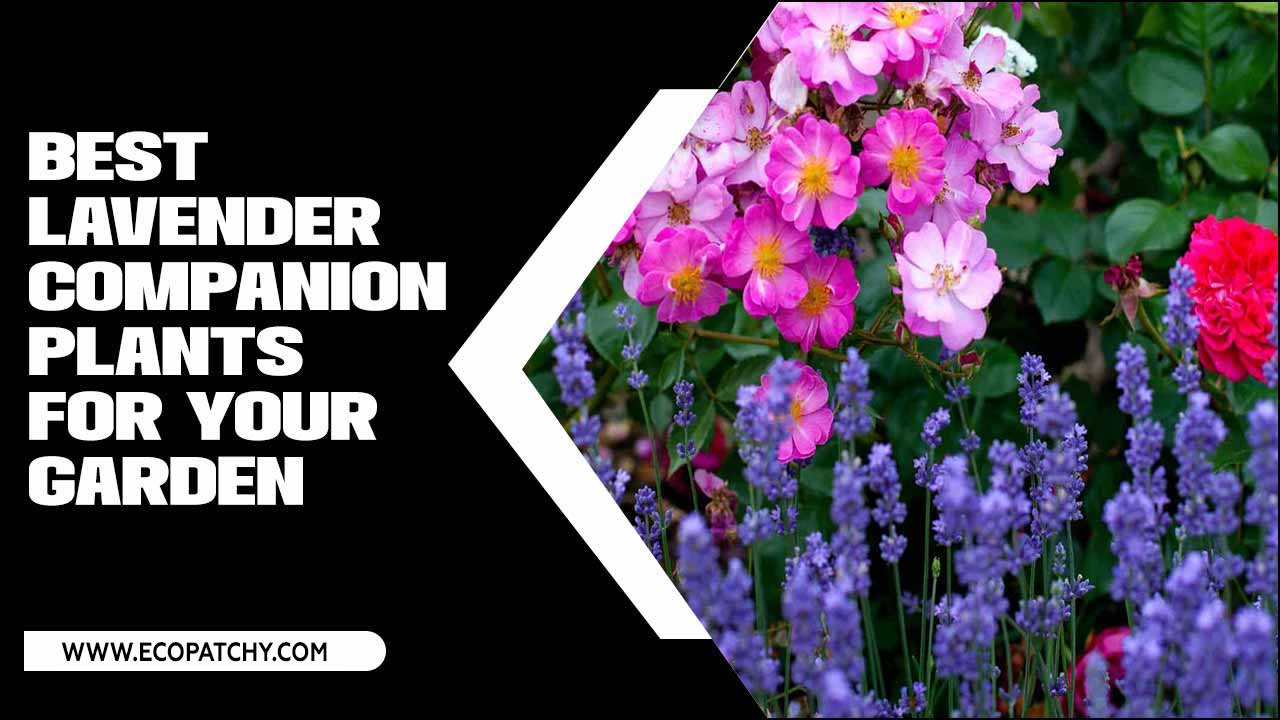
14 Best Lavender Companion Plants For Your Garden
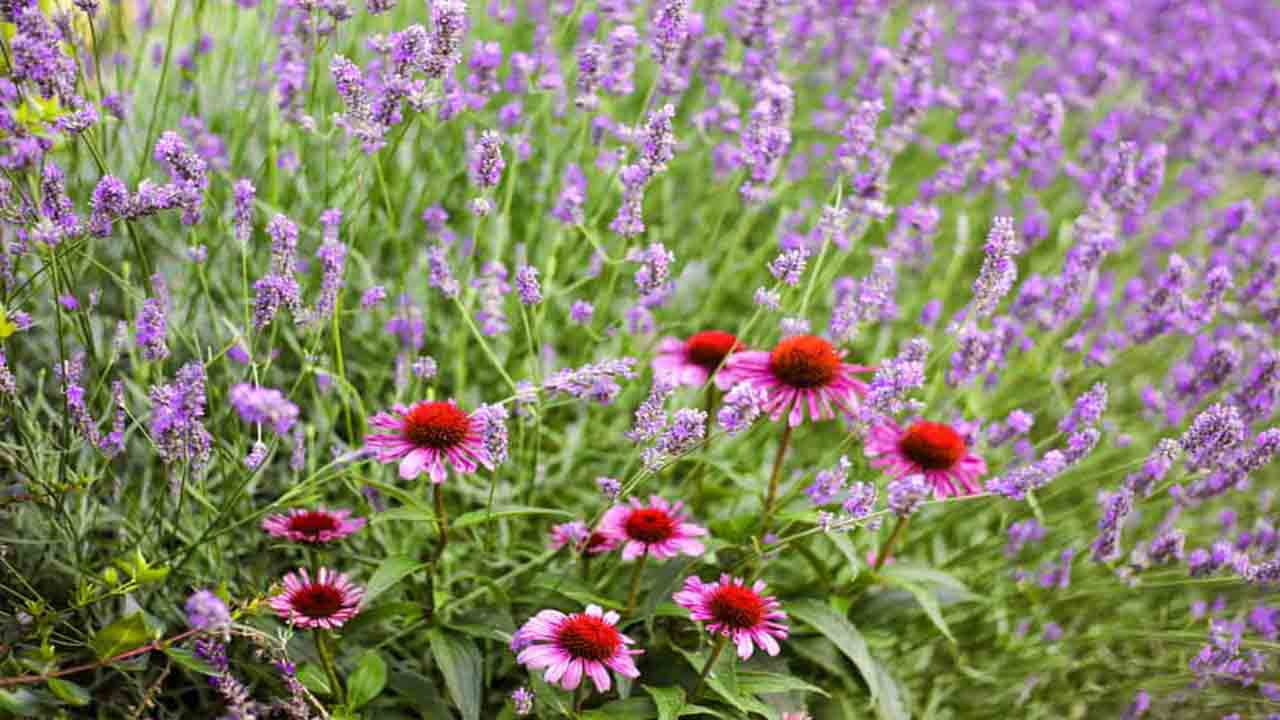
When planning and designing your garden, it is essential to consider the concept of companion planting. Companion planting involves strategically placing different plant species together to benefit each other’s growth and overall health. One popular combination that is worth exploring is the pairing of lavender with suitable companion plants.
Lavender, known for its aromatic fragrance and beautiful blooms, can be enhanced when planted alongside compatible species. The choice of lavender companion plants can have multiple advantages. Here, we will give you the 14 best lavender companion plants for your Garden.
1.Rosemary
Regarding creating a beautiful and well-balanced garden, choosing the right companion plants is essential. One such combination that is both aesthetically pleasing and beneficial for plant health is rosemary and lavender. Rosemary, a fragrant and versatile herb, is known for its culinary uses and its ability to repel certain pests.
Lavender, on the other hand, is prized for its calming scent and its ability to attract pollinators. Together, these two plants make an excellent pairing in any garden. Rosemary and lavender share similar growing conditions, making them compatible companions. Both plants thrive in well-drained soil and full sun, making them low-maintenance options for gardeners.
2.Roses

Roses are beloved by gardeners for their beauty, fragrance, and versatility. However, to truly enhance the overall aesthetic of your garden and ensure the health and vitality of your rose bushes, it is essential to select companion plants carefully. Among the lavender companion plants for your garden, few options rival the visual appeal and complementary qualities of lavender itself.
Lavender, with its delicate purple flowers and soothing aroma, not only adds a touch of elegance to any garden but also provides several benefits for roses. Lavender serves as a natural deterrent for pests that can damage roses. Its strong scent repels common pests like aphids and caterpillars, reducing the likelihood of infestations and the need for chemical pesticides.
3.Yarrow
When planning your garden, it is important to choose companion plants that not only enhance the overall aesthetic but also provide practical benefits. One such plant that deserves a place in every garden is yarrow (Achillea millefolium). Yarrow is known for its delicate and feathery foliage, as well as its clusters of vibrant flowers that come in various shades of white, yellow, and pink.
However, what makes yarrow truly special is its ability to act as a companion to lavender (Lavandula spp.) plants. Lavender, with its fragrant blooms and soothing properties, is a favourite among gardeners. However, it is susceptible to certain pests and diseases.
4.Thyme

Regarding creating a vibrant and flourishing garden, choosing the right companion plants is essential. Thyme, a versatile herb known for its aromatic flavour, is a perfect addition to any garden. Not only does thyme enhance the taste of culinary dishes, but it also offers many benefits to surrounding plants.
One of the best companion plants for thyme is lavender. Lavender and thyme form a harmonious partnership that not only adds beauty to the garden but also promotes growth and health among neighbouring plants.
Lavender and thyme share similar growth requirements, making them an ideal combination. Both plants thrive in full sun and well-drained soil, making them perfect companions for each other.
5.Sedum
Regarding creating a vibrant and visually appealing garden, choosing the right companion plants is essential. If you’re a fan of lavender, one plant that pairs perfectly with it is sedum. Sedums are a diverse group of succulent plants that offer a myriad of benefits to your garden.
With their low-growing and spreading habit, sedums form a beautiful ground cover that complements the tall and upright nature of lavender plants. One of the main reasons why sedum is considered the best companion plant for lavender is its ability to thrive in similar growing conditions. Both plants prefer full sun and well-drained soil, making them a perfect match.
6.Brassicas
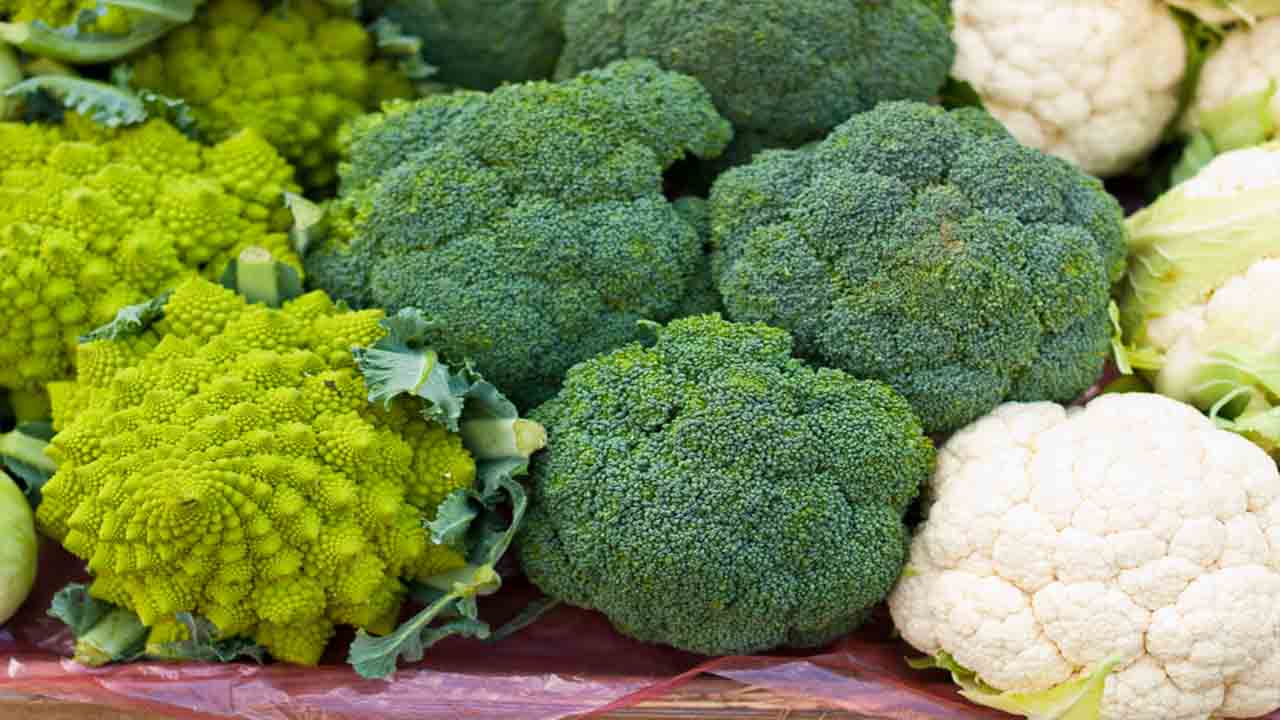
Regarding selecting the best companion plants for your garden, brassicas are a popular choice. These plants, which include cabbage, broccoli, and cauliflower, thrive when planted alongside certain lavender varieties. Lavender, with its fragrant blooms and attractive foliage, not only adds beauty to the garden but also provides several benefits to brassicas.
One of the main advantages of planting lavender alongside brassicas is its ability to attract beneficial insects. Lavender’s strong aroma acts as a natural repellent for pests like aphids and cabbage worms. The presence of these beneficial insects helps to control pest populations and reduces the need for chemical pesticides.
7.Coneflowers
Coneflowers, also known as Echinacea, are perennial flowers that add a vibrant touch to any garden. Their striking beauty and hardiness make them a popular choice among garden enthusiasts. However, to truly enhance the visual appeal of your garden, it is essential to choose the right companion plants. When it comes to pairing coneflowers with other flora, lavender emerges as one of the best options.
Lavender, with its delicate purple flowers and aromatic fragrance, complements the vibrant hues of coneflowers, creating an enchanting garden scene. The combination of these two plants not only adds visual interest but also attracts beneficial pollinators, such as bees and butterflies. Lavender’s strong scent acts as a natural repellent for pests, further protecting your coneflowers from potential damage.
8.Sage

Regarding planning and creating a beautiful garden, choosing the right companion plants is crucial. One such plant that deserves special attention is sage, known for its aromatic leaves and medicinal properties. Sage, with its silvery foliage and beautiful purple flowers, adds a touch of elegance to any garden.
To enhance its beauty and ensure its well-being, it is essential to select the best lavender companion plants. Lavender, with its vibrant purple blooms and soothing fragrance, is an ideal partner for sage.
These two plants complement each other in both appearance and benefits. Lavender’s long-lasting blooms provide a stunning backdrop to the silvery leaves of sage, creating a visually pleasing contrast.
9.Oregano
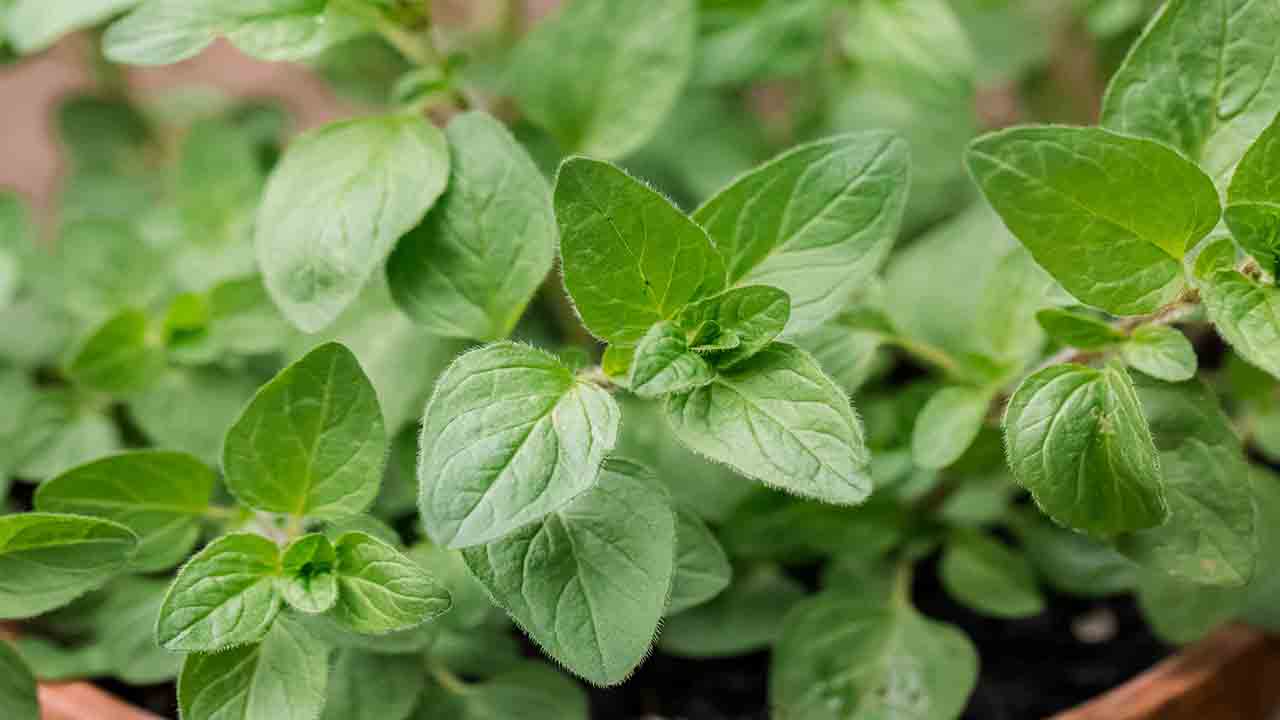
Regarding to gardening, choosing the right companion plants can make all the difference in the health and productivity of your garden. One such combination that has proven to be highly effective is the pairing of oregano and lavender.
Oregano, with its aromatic leaves and robust flavour, is a versatile herb that can enhance the taste of various dishes. Lavender, on the other hand, is known for its beautiful blooms and soothing fragrance. Together, they create a harmonious blend of flavours and scents that can transform any garden into a sensory delight.
10.Olives
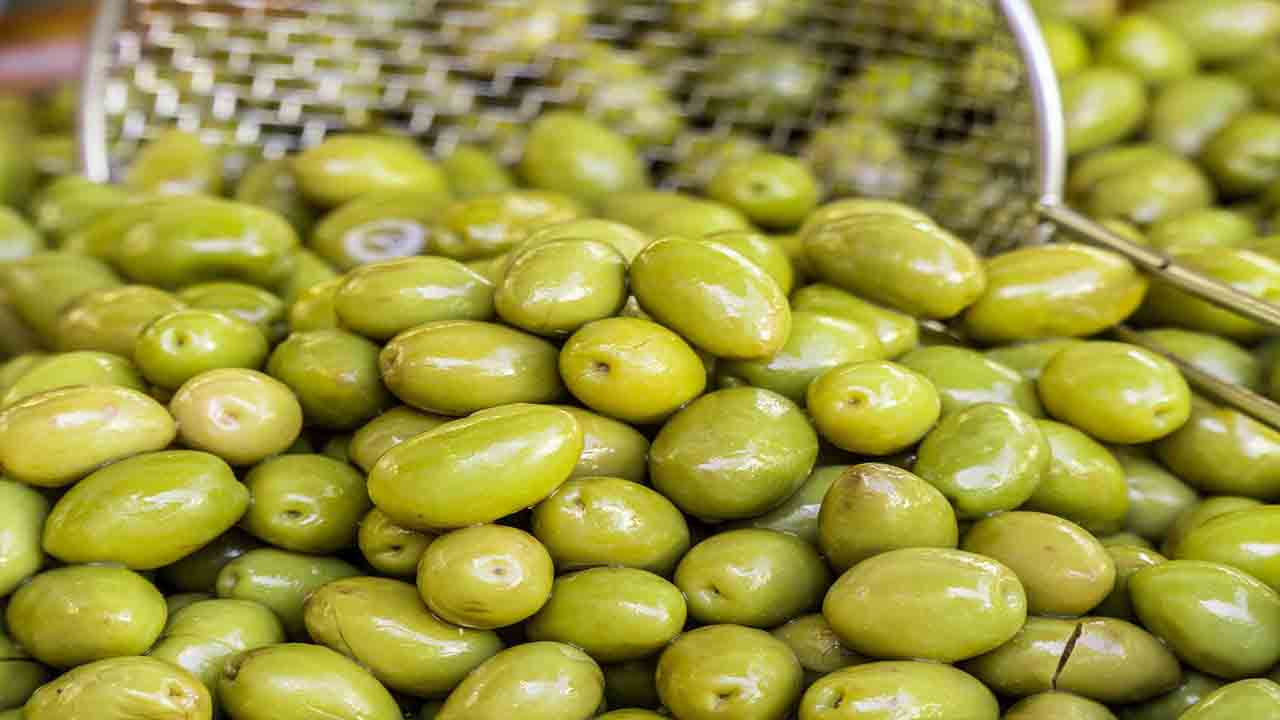
When planning your garden, it is important to consider the companionship of plants and how they can benefit each other. One such dynamic duo is olives and lavender. Olives, known for their rich history and culinary versatility, can greatly benefit from the presence of lavender in the garden.
Lavender, with its vibrant purple blooms and calming fragrance, not only enhances the visual appeal of the garden but also plays a crucial role in promoting the overall health and well-being of the olive trees. Lavender acts as an excellent companion plant for olives due to its natural pest-repellent properties. The strong scent of lavender acts as a deterrent for pests like aphids and moths, helping to protect the olives from potential damage.
11.Jasmine
Regarding enhancing the beauty and fragrance of your garden, choosing the right companion plants is essential. One of the best companions for lavender is jasmine. Jasmine, with its delicate white flowers and sweet fragrance, adds a touch of elegance and charm to any garden space.
Lavender and jasmine share similar growing conditions, making them ideal companions. Both plants thrive in full sun and well-drained soil. They also have similar water requirements, making it easier to maintain a consistent watering schedule. Additionally, their growth patterns complement each other, with lavender providing a low, bushy backdrop for the climbing vines of jasmine.
12.Mugwort
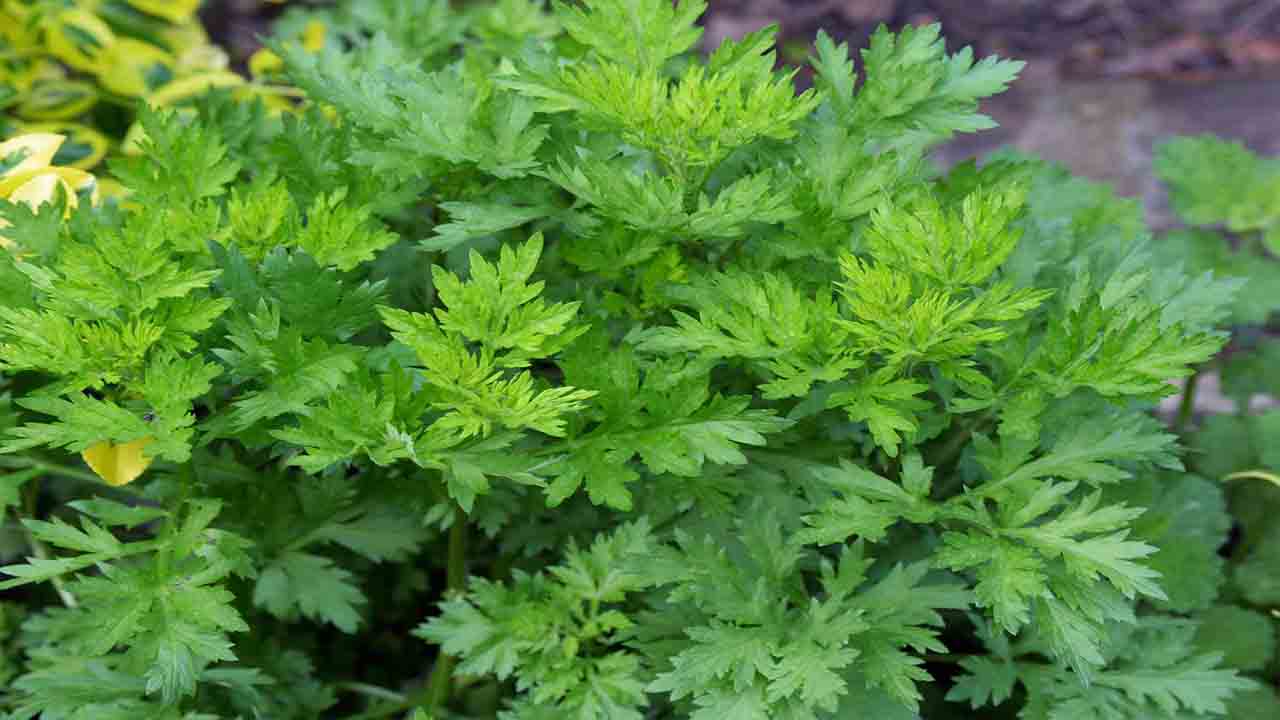
Regarding creating a vibrant and visually appealing garden, choosing the right companion plants is crucial. One such plant that can elevate the beauty and functionality of your garden is Mug wort. Mug wort, also known as Artemisia vulgaris, is a versatile and hardy perennial herb that not only adds a touch of elegance to your garden but also offers a myriad of benefits.
One of the best companion plants for Mug wort is lavender. Lavender, with its fragrant blooms and soothing aroma, complements the soft, silvery foliage of Mug wort perfectly. The combination of these two plants creates a stunning visual contrast, with the purple hues of lavender harmonizing with the gray-green tones of Mugwort.
13.Catmint
Regarding creating a beautiful and harmonious garden, choosing the right companion plants is essential. One such companion plant that stands out for its versatility and appeal is catmint.
Catmint, scientifically known as Nepeta, is a flowering perennial herb that not only adds a pop of vibrant colour to your garden but also serves as an excellent companion to lavender. Catmint and lavender make a perfect pairing in the garden due to their similar growing requirements and complementary aesthetics.
Both plants thrive in well-drained soil and full sun, making them ideal companions in terms of sunlight and moisture needs. Additionally, the soft, delicate blooms of catmint create a stunning contrast against the tall, slender spikes of lavender, resulting in a visually striking and harmonious display.
14.Oleander

When planning your garden, it is important to consider not only the visual appeal but also the compatibility between different plant species. One such pairing that is gaining popularity among gardeners is the combination of oleander and lavender.
Oleander, with its vibrant blooms and drought tolerance, makes for an excellent centrepiece in any garden. However, to enhance its beauty and create a harmonious environment, it is essential to select the best lavender companion plants.
Traits For Lavender Companions
Knowing the traits of lavender companions is essential for those who want to cultivate a successful and harmonious garden. Lavender, known for its delicate beauty and captivating fragrance, is a popular choice among gardeners looking to create a serene and inviting outdoor space. However, not all plants thrive when paired with lavender, making it crucial to understand which companions are compatible.
- Calming: Lavender companions have a soothing effect on individuals and can help promote relaxation and reduce stress.
- Fragrant: Lavender companions emit a pleasant and distinctive scent that can enhance the overall ambience of a space.
- Versatile: Lavender companions can be grown both indoors and outdoors, making them a flexible choice for companionship.
- Lowmaintenance: Lavender companions are relatively easy to care for and require minimal attention.
- Droughttolerant: Lavender companions are adapted to survive in dry conditions, making them suitable for regions with limited water availability.
- Attractive: Lavender companions have beautiful purple flowers and unique foliage, adding aesthetic appeal to any garden or living space.
- Medicinal Properties: Lavender companions have been used for centuries in herbal medicine due to their potential calming and healing properties.
- Insect Repellent: Lavender companions naturally repel certain insects, making them a useful addition to outdoor spaces and gardens.
Companion Planting Benefits
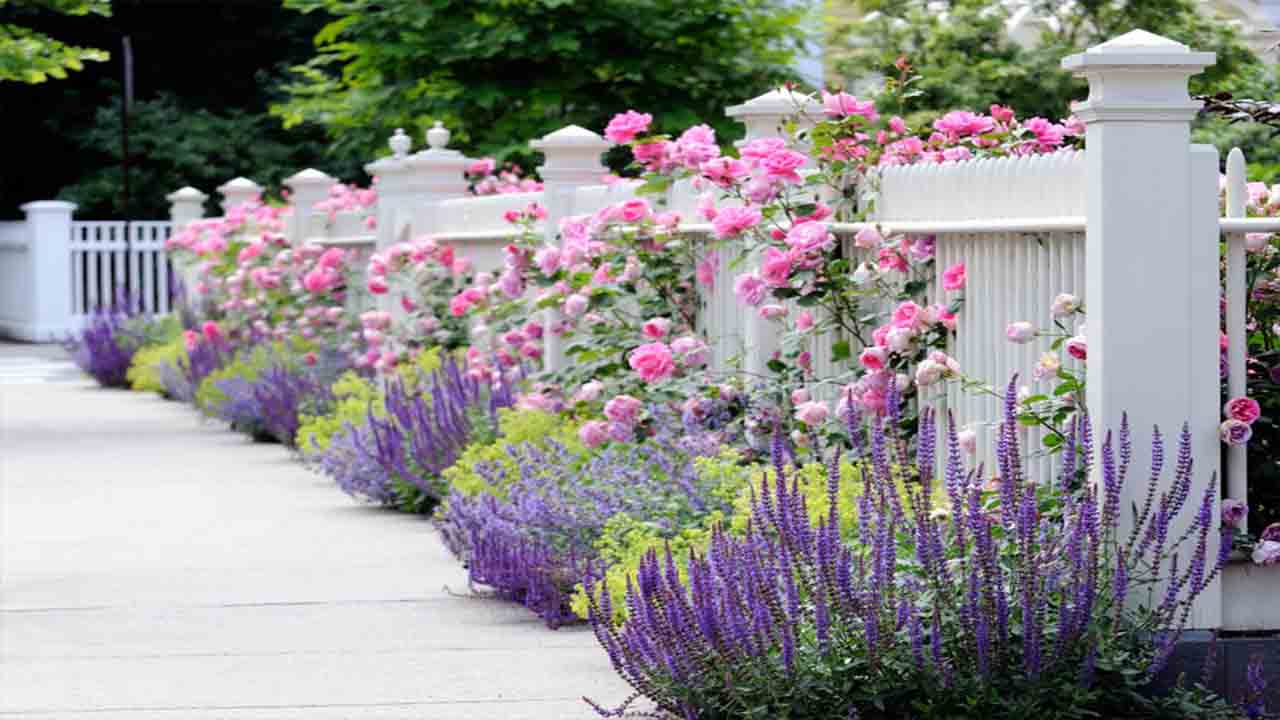
Companion planting refers to the practice of strategically placing certain plants together in a garden to promote mutual benefits. Understanding the benefits of companion planting is crucial for any gardener seeking to optimize their yields and create a thriving ecosystem.
- Increased Pest Control: Some plants have natural repellent properties that can help deter pests from nearby plants.
- Improved pollination: Certain companion plants attract beneficial insects like bees and butterflies, which can enhance pollination for nearby crops.
- Weed Suppression: Companion planting can help minimize weed growth by maximizing the use of space and shading out potential weed growth.
- Enhanced Nutrient Uptake: Some companion plants have deep-rooted systems that can help bring up nutrients from deeper soil layers, making them accessible to neighbouring plants.
- Increased Biodiversity: Planting a variety of different plants together creates a diverse ecosystem that can support a wider range of beneficial insects and organisms.
- Improved Soil Health: Certain companion plants, such as legumes, can fix nitrogen in the soil, enriching it for neighbouring plants.
- Maximizing Space: Companion plants can be strategically planted to optimize space utilization and maximize crop productivity.
- Disease Prevention: Some companion plants have natural properties that can help repel or suppress certain diseases, reducing the risk
Conclusion:
Incorporating lavender companion plants into your garden not only adds to the aesthetic beauty but also provides numerous benefits such as pest control, pollination, and soil improvement. With a variety of options to choose from, it is important to consider factors such as climate, soil conditions, and desired function when selecting the best companion plants for your lavender.
By carefully planning and incorporating these plants, you can create a harmonious and well-balanced garden that will thrive and bring you joy for years to come. If you read the above outline properly, we hope now you understand the best lavender companion plants for your garden.
FAQ
1.What Are Some Good Companion Plants To Grow Alongside Lavender In Your Garden?
Ans: Some great companion plants for lavender include rosemary, sage, thyme, and catmint. These plants not only complement the lavender’s fragrance, but they also share similar growth requirements.
2.Why Is It Beneficial To Have Companion Plants With Lavender In Your Garden?
Ans: Companion plants help create a diverse and balanced ecosystem in your garden. They can attract beneficial insects, deter pests, and provide shade and support for each other, enhancing the overall health and productivity of your lavender plants.
3.Can Lavender And Roses Be Planted Together As Companion Plants?
Ans: Yes, lavender and roses make excellent companions. Lavender can help repel pests that may attack roses, while roses provide vertical support for the sprawling lavender. Plus, the combination of their scents creates a delightful sensory experience in the garden.
4.How Do Companion Plants Benefit Lavender In A Garden Setting?
Ans: Companion plants can provide shade, act as a natural pest deterrent, and help improve the overall health of lavender plants. They can also enhance the visual appeal of the garden by creating a diverse and vibrant planting scheme.
5.Are There Any Specific Considerations When Choosing Companion Plants For Lavender?
Ans: It is important to select companion plants that have similar growing requirements and thrive in similar soil and light conditions. Additionally, choose plants that have compatible root systems and don’t overshadow or compete with lavender for resources.

